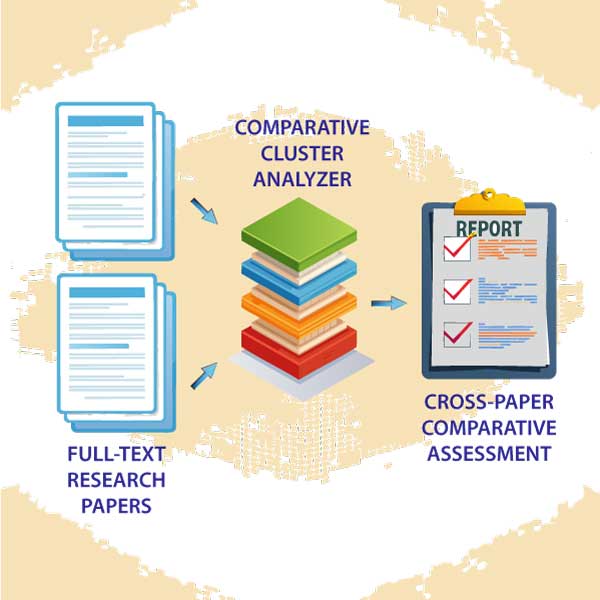How Comparative Analysis Works
- Upload research papers from any discipline
- Parses full-text for objectives, hypotheses, theories, themes, methodologies, analysis tools, results and key findings
- Uses cross-paper clustering to group aligned constructs
- Generates contrast notes and integrated “so-what” commentary
Sample output files:
Export your analytical results to DOCX, HTML, PDF, RTF or TXT — for sharing, feedback, or integrating into your workflow.
Request a Live Walkthrough Start Comparing